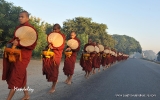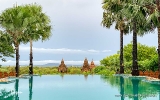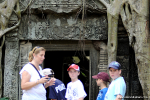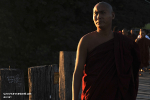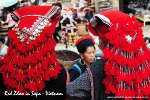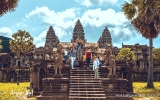Tan ky Old House
The name Old House of Tan Ky itself suggests that the building is one of the remotest historical buildings in Hoi An. The age of the old house is approximately a couple of centuries. The old house reflects the combination of both Japanese and Chinese architectural geniuses. So while visiting the small town Hoi An, in Vietnam, you must also visit this Old House of Tan Ky to encounter great historical and cultural significance of Vietnam.
There are four rooms in the Old House of Tan Ky, Hoi An. All these rooms are small in size, but packed with various beautiful antiques. These antiques are mainly made of wood. These four rooms are for four different purposes. One is for welcoming the Chinese merchants and the other are living room, courtyard and the bedroom. You can enter the other three rooms except the bedroom.
The Old House of Tan Ky, Hoi An has a unique combination of three types of architecture. The beams of the roof are curve and they display some Chinese information in an elaborate way. On the other hand the peak roof bears Japanese characteristics in it and the Vietnamese crosshatch stands as a support to the roof of the old house. The walls of the house are also decorated with unique mosaic arts.
Notes:
Address: 101 Nguyen Thai Hoc street, Hoi An, Quang Nam Province.
Open daily, all year around
Location: In the heart of Hoi An ancient town. It normally takes 15-30 minutes to visit it.
Entrance fee: Admission by Hoi An Day-time ticket.
Highlights:
Look out for signs of Japanese and Chinese influences on the architecture. Japanese elements include the ceiling (in the sitting area), which is supported by three progressively shorter beams, one on top of the other. There are similar beams in the salon. Under the crab-shell ceiling are carvings of crossed sabres wrapped in silk ribbon. The sabres sympolize force, the silk represents flexibility.
The interior is brightened by a beautiful detail: Chinese poems written in inlaid mother-of-pearl hang from some of the columns that hold up the roof. The Chinese characters on these 150-year-old panels are formed entirely of birds gracefully portrayed in various positions of flight.
The back of the house faces the river.


